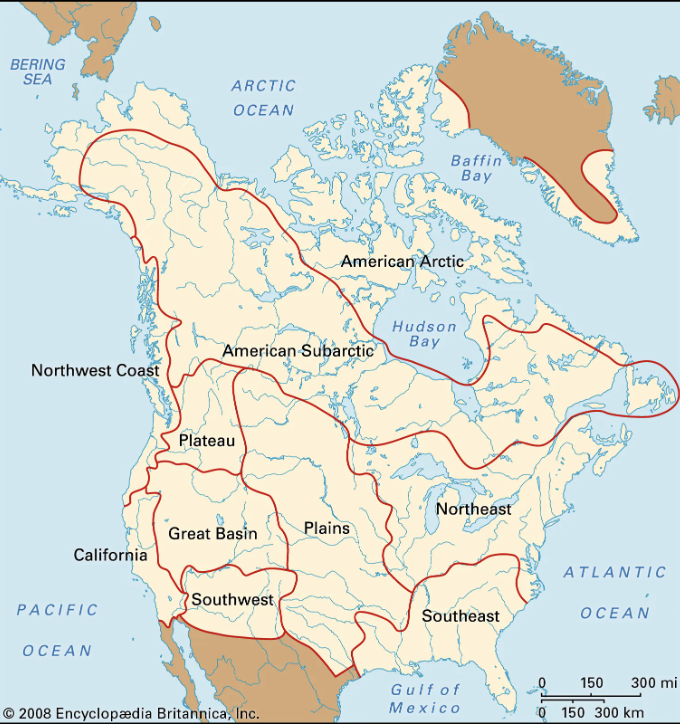“The history of the United States is a history of settler colonialism—the founding of a state based on the ideology of white supremacy, the widespread practice of African slavery, and a policy of genocide and land theft."
Roxanne Dunbar-Ortiz, An Indigenous Peoples' History of the United States
Community Conversation
A *Very Brief* Introduction to Indigenous History of the United States

Like last newsletter, we’re bringing in a massive topic that we couldn’t imagine even scratching the surface of in one newsletter. There is so much here to cover that is essential for us to understand in order to be effective allies.
As a White settler (not indigenous) living on stolen lands with practically everyone I interact with from my friends to store clerks also being settlers of various ancestry, I have noticed how prevalent it is to refer to Indigenous Americans in the past tense. I was gently called in on it a few years ago by someone who pointed out that using the past tense when referring to Indigenous peoples is, to be blunt, violent language. It subtly erases the fact that Indigenous people are fighting for their cultural and physical survival against state-sanctioned violence. Right. Now.
Once I started to see this pervasive syntactic pattern, I trained myself to catch when I was slipping into it, and share that perspective with others when I notice it. The powerful thing about language is that when we make changes to it, our stories of the world change with it. Instead of thinking about Indigenous peoples and their history as something that happened in the past and can’t be changed, I began thinking about their wellbeing and their history as something that I get to impact with my actions.
This newsletter is dedicated to giving a *very brief* introduction the topic of Indigenous history of the United States–the history we didn’t get but needed. In future editions, we’ll be sharing more on how you can get involved and have a real impact in healing the harms that have been, and continue to be, enacted on Indigenous people in this country.
Gillian
Resources
Video & Article
Native tribes have lost 99% of their land in the United States
Science.org

It’s always amazing to me when something as complex as the removal of Indigenous Americans from their native land can be effectively spoken to in minutes. This video and accompanying article does a great job giving the broad brush strokes of the history and politics of power that drove 99% (an understatement) of Indigenous Americans from their tribal lands.
As it states in the video, the culture of Indigenous Americans revolves around their relationship to land and the beings of those ecosystems. Dislocating them was only the beginning of the trauma that has continued to devastate them to this day.
Article
Native American Culture Areas
Brittanica

It’s always problematic to group people together and make generalizations about them. And it’s especially so when referring to indigenous peoples who live, and lived, with so much diversity even residing in the same bioregion.
That being said, this article is a helpful learning tool for understanding even just the tip of the iceberg when it comes to the complex cultural nuance and ecological practices of indigenous peoples in the United States. I found it very illuminating to read about how each bioregion informs the culture and practices of indigenous peoples.
I also want to point out that as this article does, referring to indigenous people and their practices in the past tense does a disservice to the indigenous peoples who are still living and fighting to protect their endangered lifeways. I encourage you while reading to, as much as you can, translate in your mind the image that this article presents to these people living in these areas a long time ago to these people residing among us and struggling to preserve their way of life. I think you’ll find it creates a big mind shift and opens the heart to the possibility of solidarity with indigenous peoples.
Book
An Indigenous Peoples' History of the United States
Roxanne Dunbar-Ortiz

We don’t usually recommend books two weeks in a row, because we know it’s a big ask and one of our core goals is to not overwhelm you. BUT there are exceptions to every rule…
I first encountered this book in the gift shop at at Breitenbush Hot Springs in Oregon. I sat on the floor leaning against the bookshelves, my happy place since falling in love with libraries as a wee one, and dove deep into the colorful pages.
This book is a very powerful, tell-it-how-it-is account of the history of the United States told from an indigenous context. It’s the history that we all should have gotten in school but didn’t. I can guarantee that reading it will change how you relate to the ground under your feet–literally. It’s one to read slowly over time to integrate the massive, essential facts of how we came to be on this land. Let us know what you think!